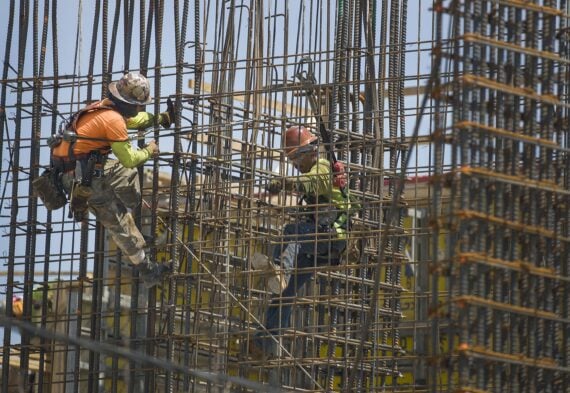The job market has suffered a tumultuous few years, but things are surprisingly on the upswing. The U.S. economy has regained all jobs lost in the last couple years of the pandemic, according to a report by the Bureau of Labor Statistics. In July, the economy gained some 528,000 jobs, about twice as many as economists expected. This is the lowest jobless rate since February 2020. So for those looking for work, this is great news. WalletHub compared 182 cities based on factors such as job opportunities, employment growth, and average starting salary as well as socioeconomic factors including their average commute, housing affordability, and recreational friendliness. If you want to know the best and worst job markets in the country, start here. (What’s the job market like in your area? Tell us in the comments.)
Related: Secret Tips to Get Your Dream Job
10th Worst: Baton Rouge, Louisiana
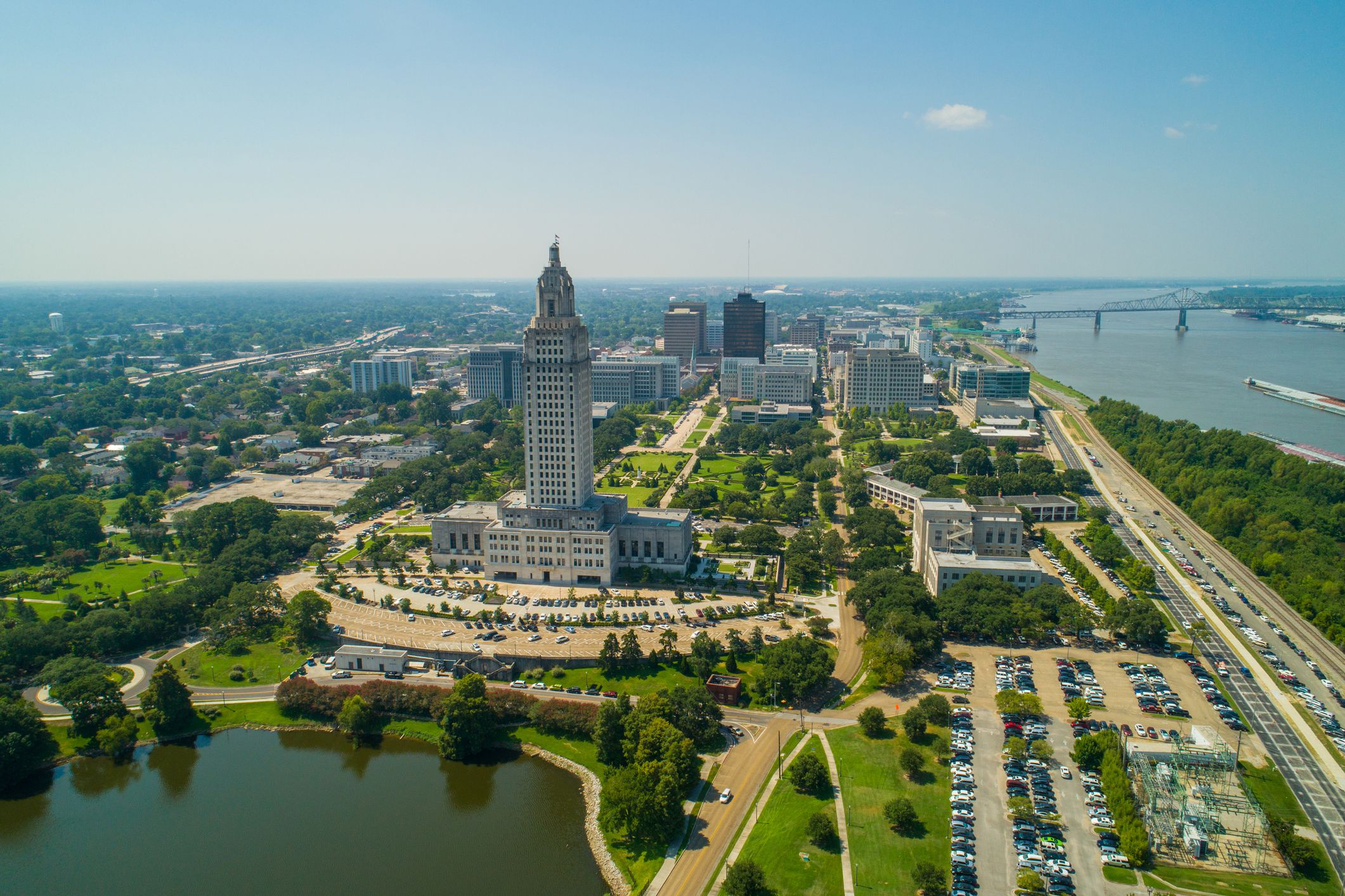
Even with household-name corporations in town such as Exxon Mobile, Dow Chemical, and Turner Industries, Baton Rouge’s job market is only comparable to similarly sized cities. Its unemployment rate tracks with the national average, and the average starting annual salary is slightly below.
Related: Most Satisfying Jobs That Also Pay Well
9th Worst: Oxnard, California
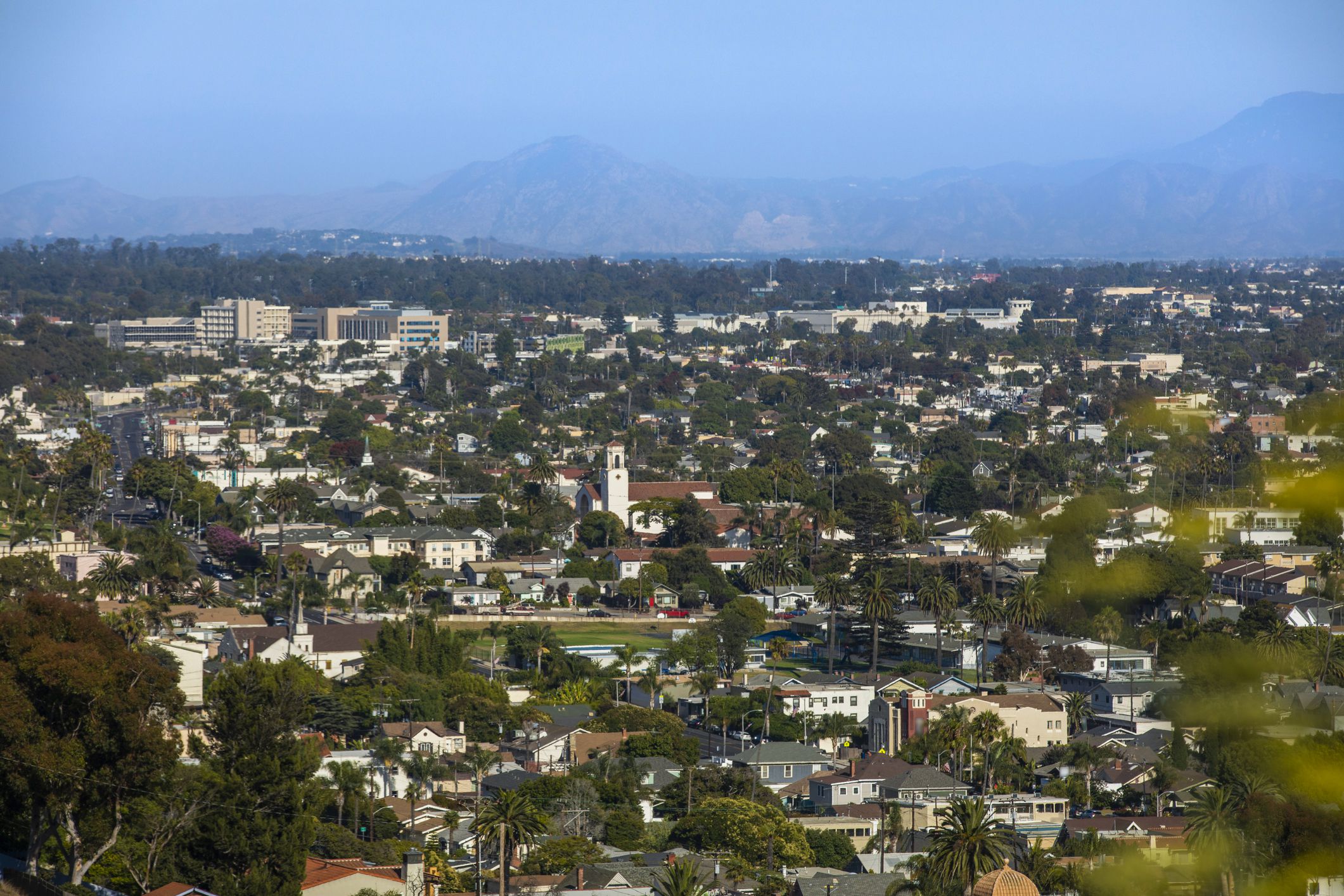
While salaries grow in the rest of the country, pay in Oxnard is shrinking. It’s down nearly 5%. The city is 60 miles west of Los Angeles, an easy enough commute when a stronger job market awaits.
For more great career tips, please sign up for our free newsletters.
8th Worst: Las Cruces, New Mexico
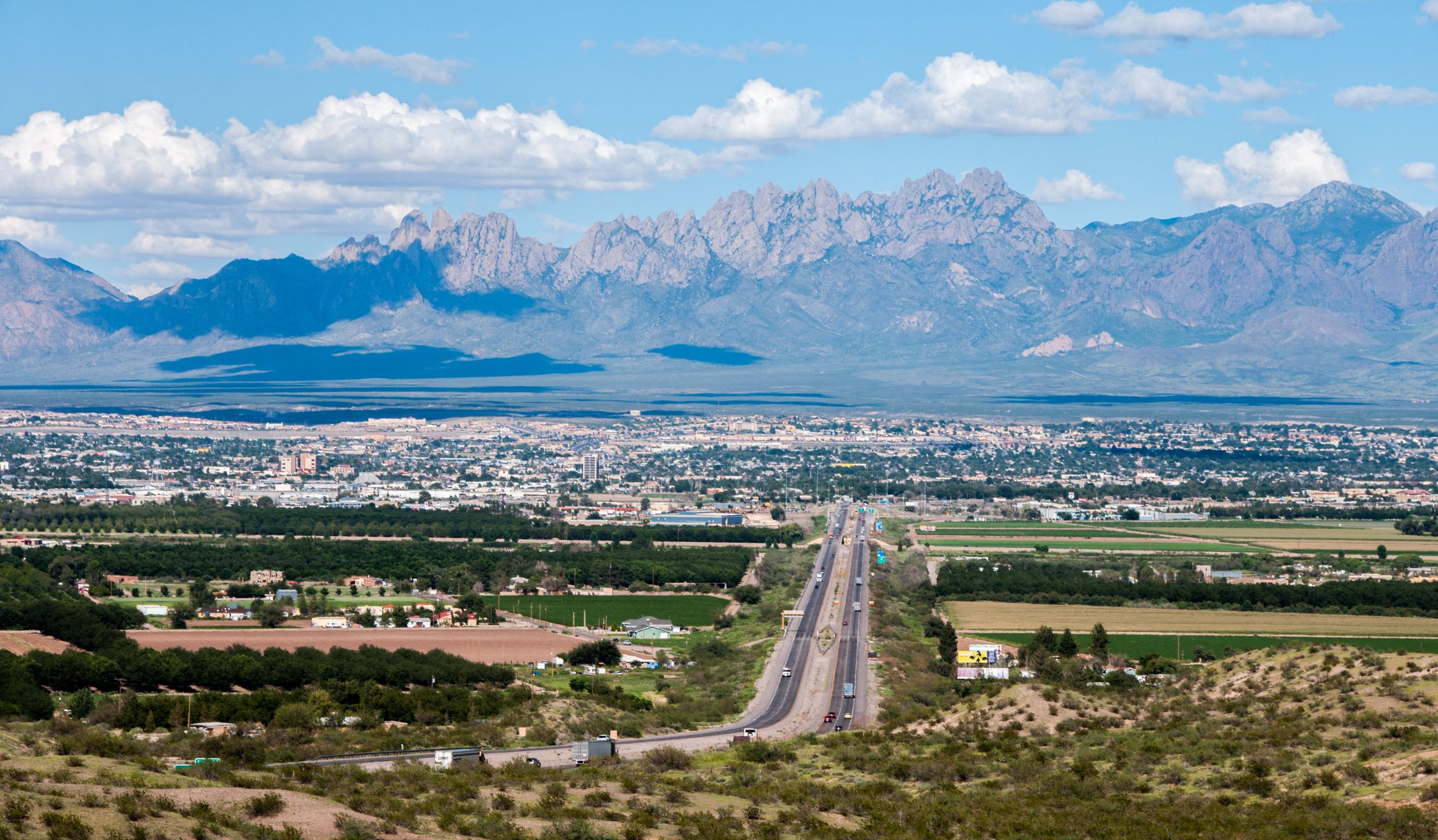
Las Cruces’ unemployment rate ranks a bit higher than the national average and its job growth rate remains stagnant across industries, from construction and manufacturing to financial and professional services.
7th Worst: Brownsville, Texas
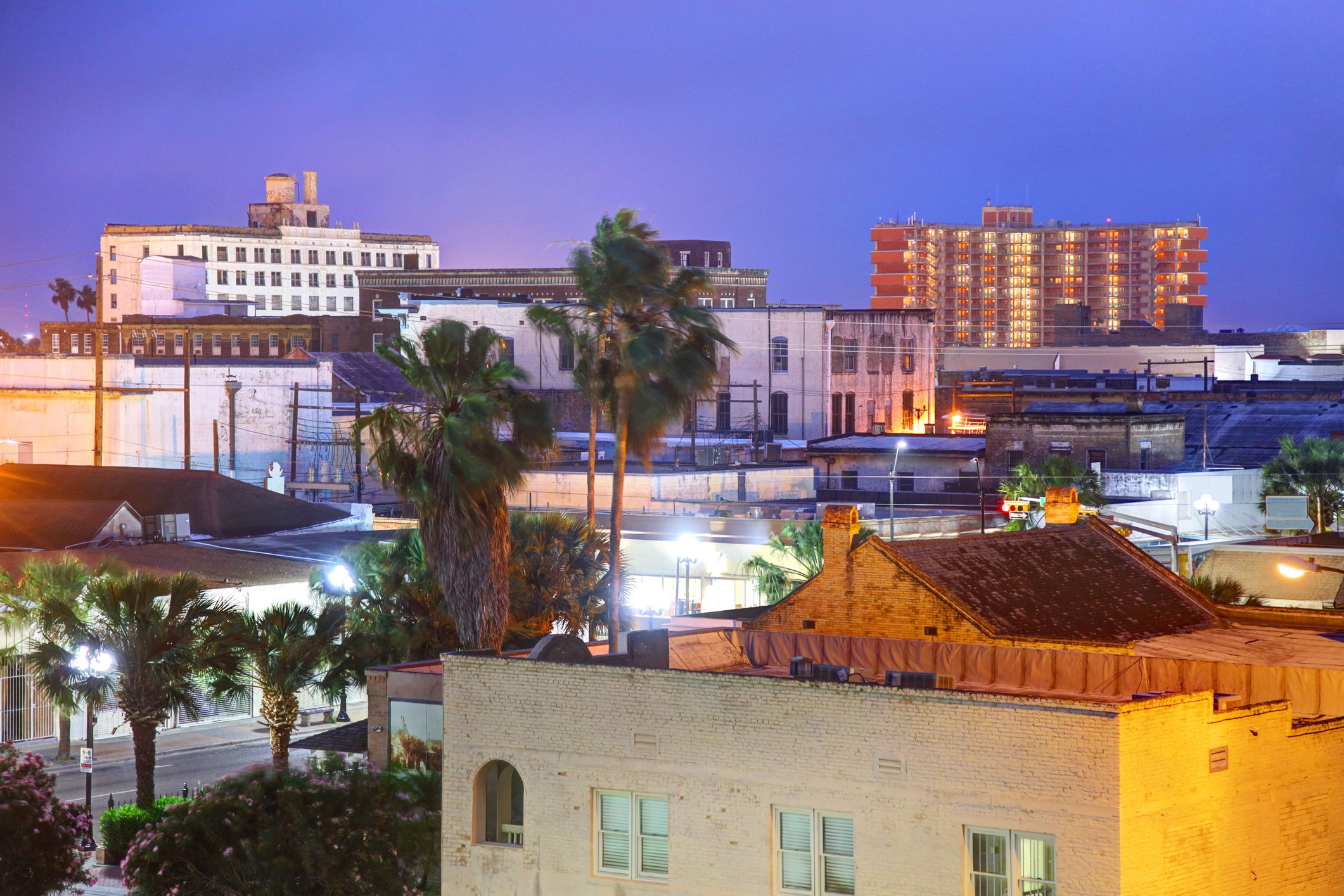
Brownsville may be the home to Elon Musk’s SpaceX Boca Chica rocket launch site, but that hasn’t caused the local economy to take flight. Unemployment remains high, while salaries remain low. The area is also close to South Padre Island, a tourist destination.
6th Worst: Stockton, California
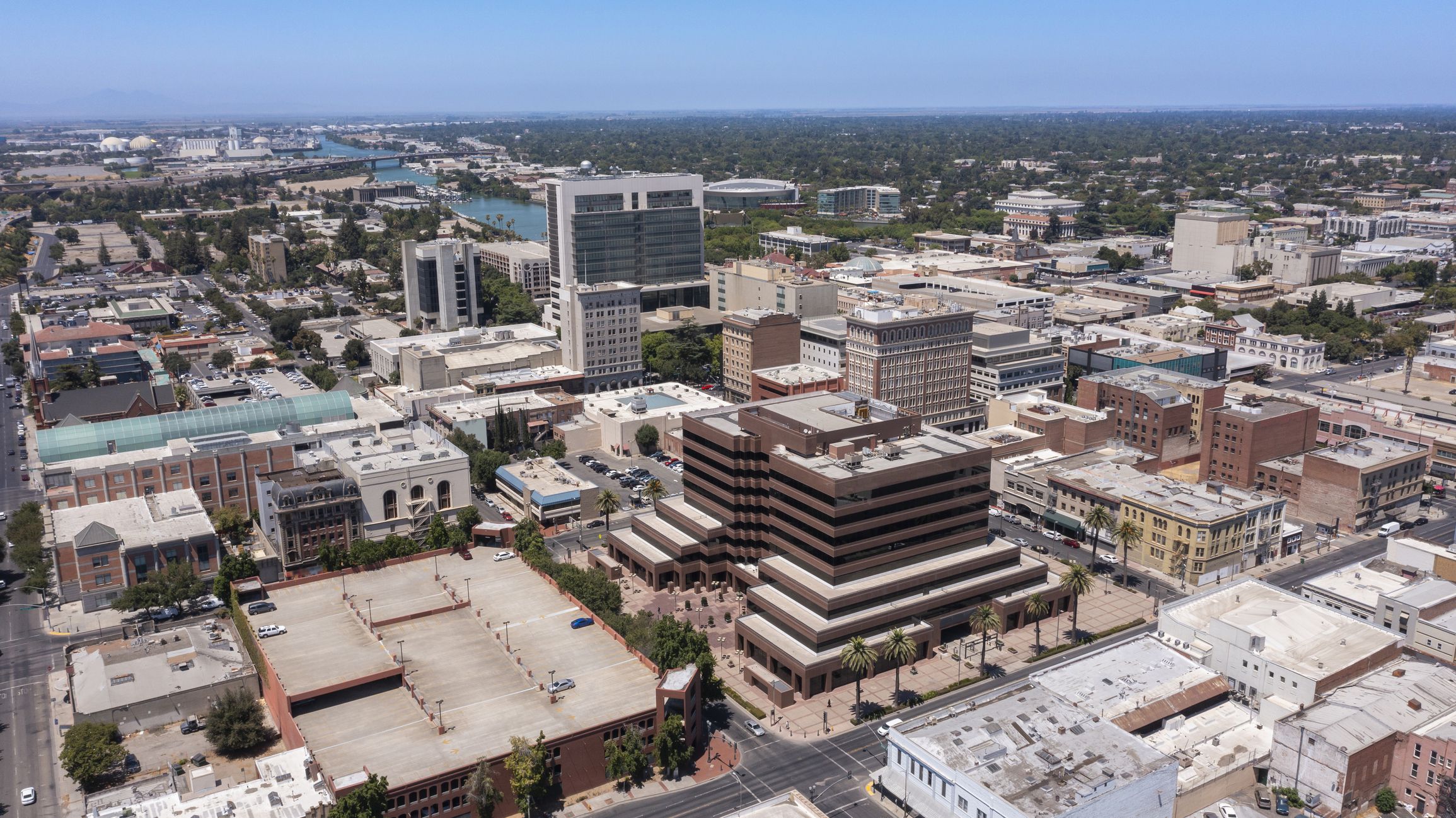
Stockton’s job market is less vigorous than other similarly sized urban areas. Its unemployment rate remains several points higher than the national average, and its average annual salary falls below it.
Trending on Cheapism
5th Worst: Newark, New Jersey
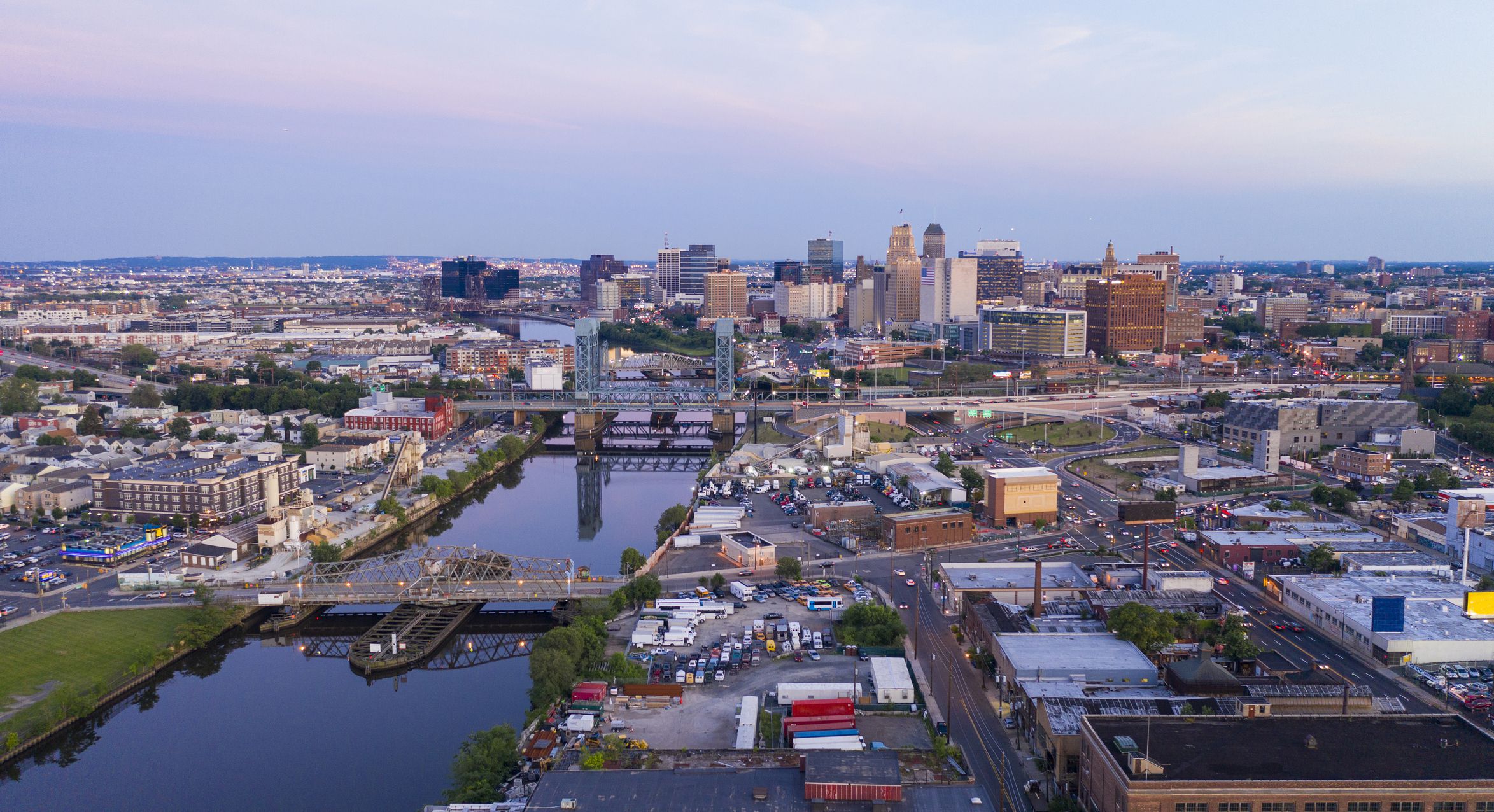
Newark’s economic recovery has trailed other places in the country. Its unemployment rate ranks above the national average, and its median household income is $37,400 — nearly $15,000 below the national average.
4th Worst: Detroit
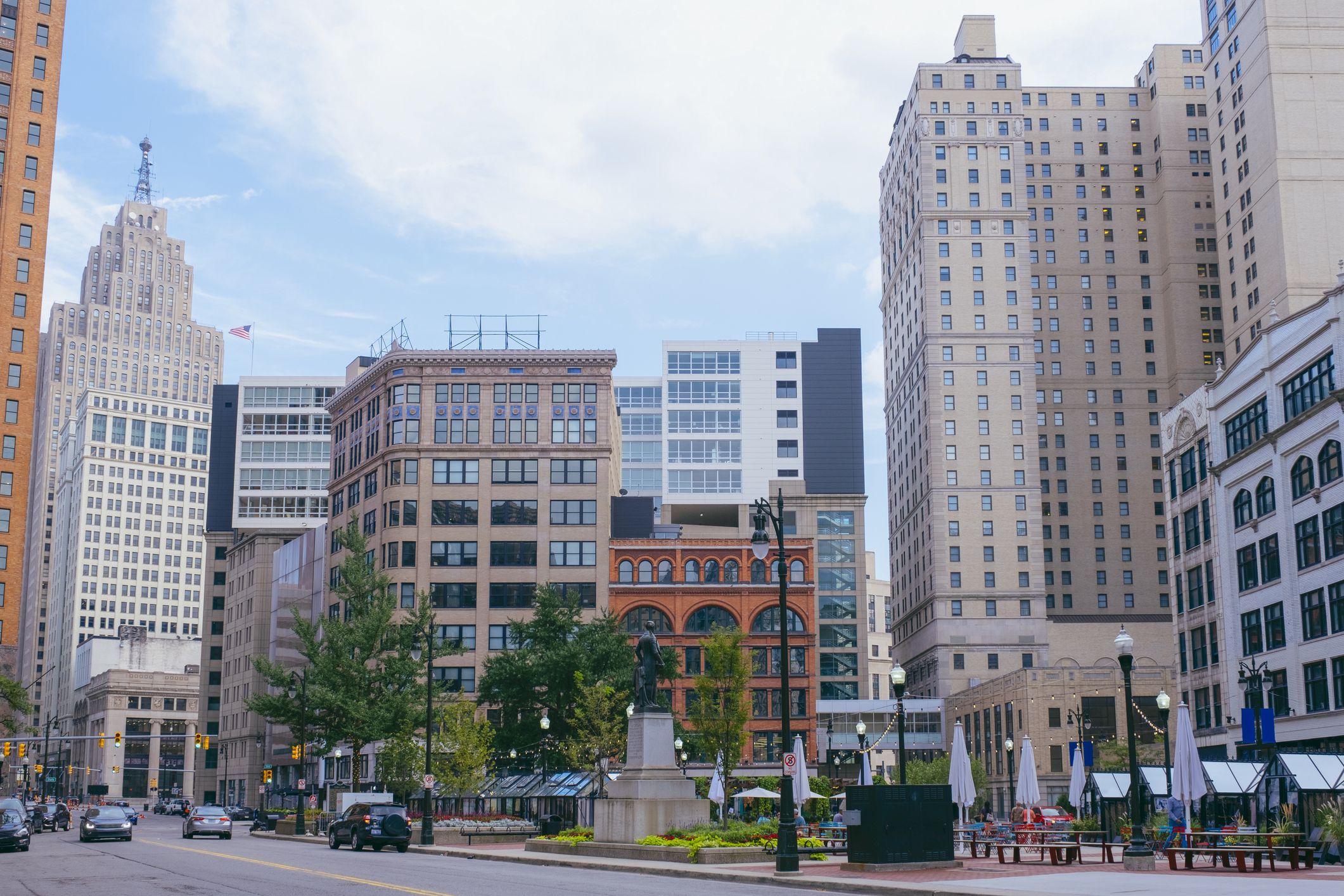
Detroit is ranked low on job opportunities and docked by WalletHub for having the lowest median annual income among 182 cities. Coupled with a high unemployment rate, Detroit easily earns its spot as one of the worst job markets in the country.
3rd Worst: Shreveport, Louisiana
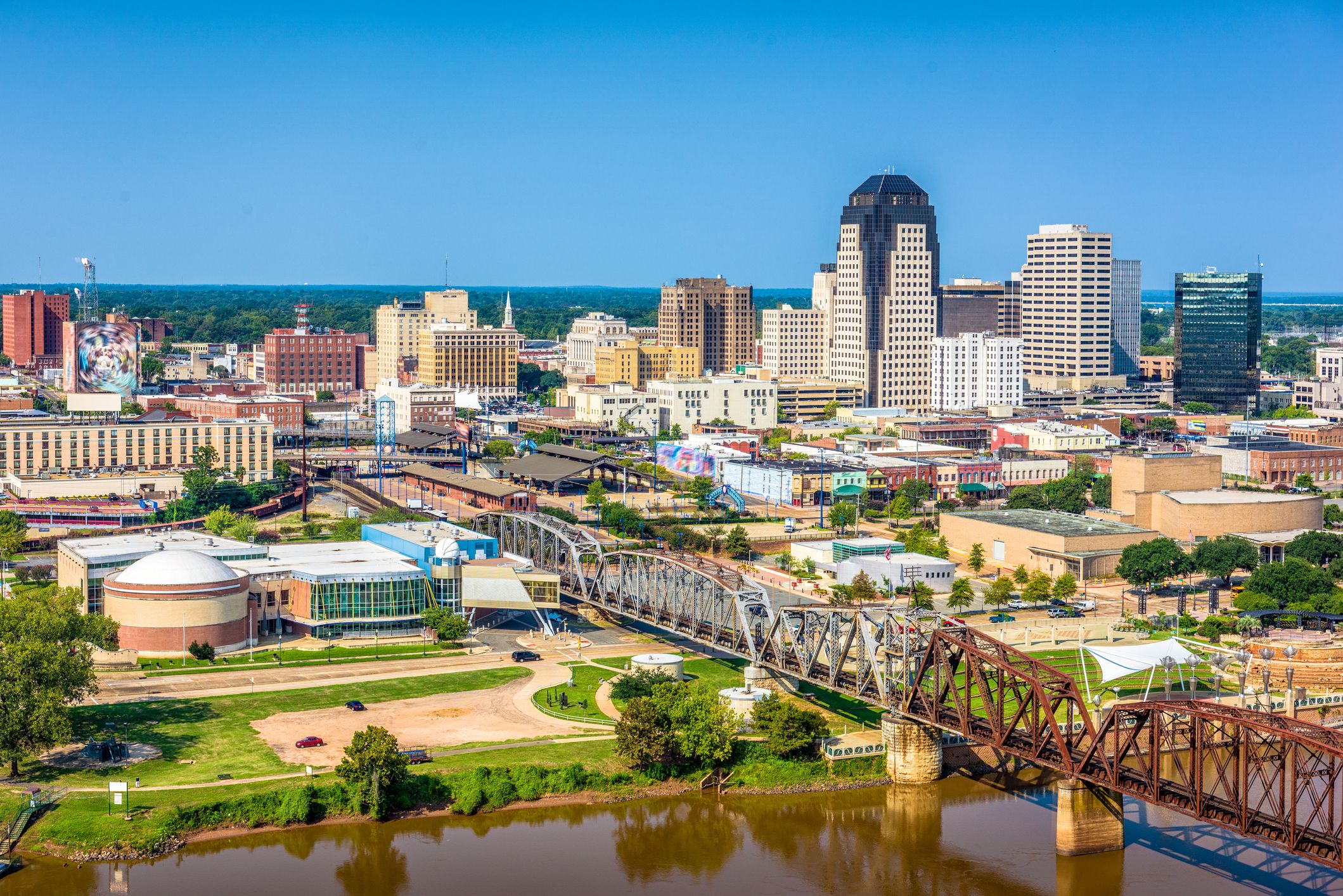
Despite its proximity to the Barksdale U.S. Air Force Base and having a robust film industry, Shreveport’s unemployment rate has only kept pace with national averages. Its average annual salary falls more than $10,000 below the national average.
Sign up for our newsletter
2nd Worst: San Bernardino, California
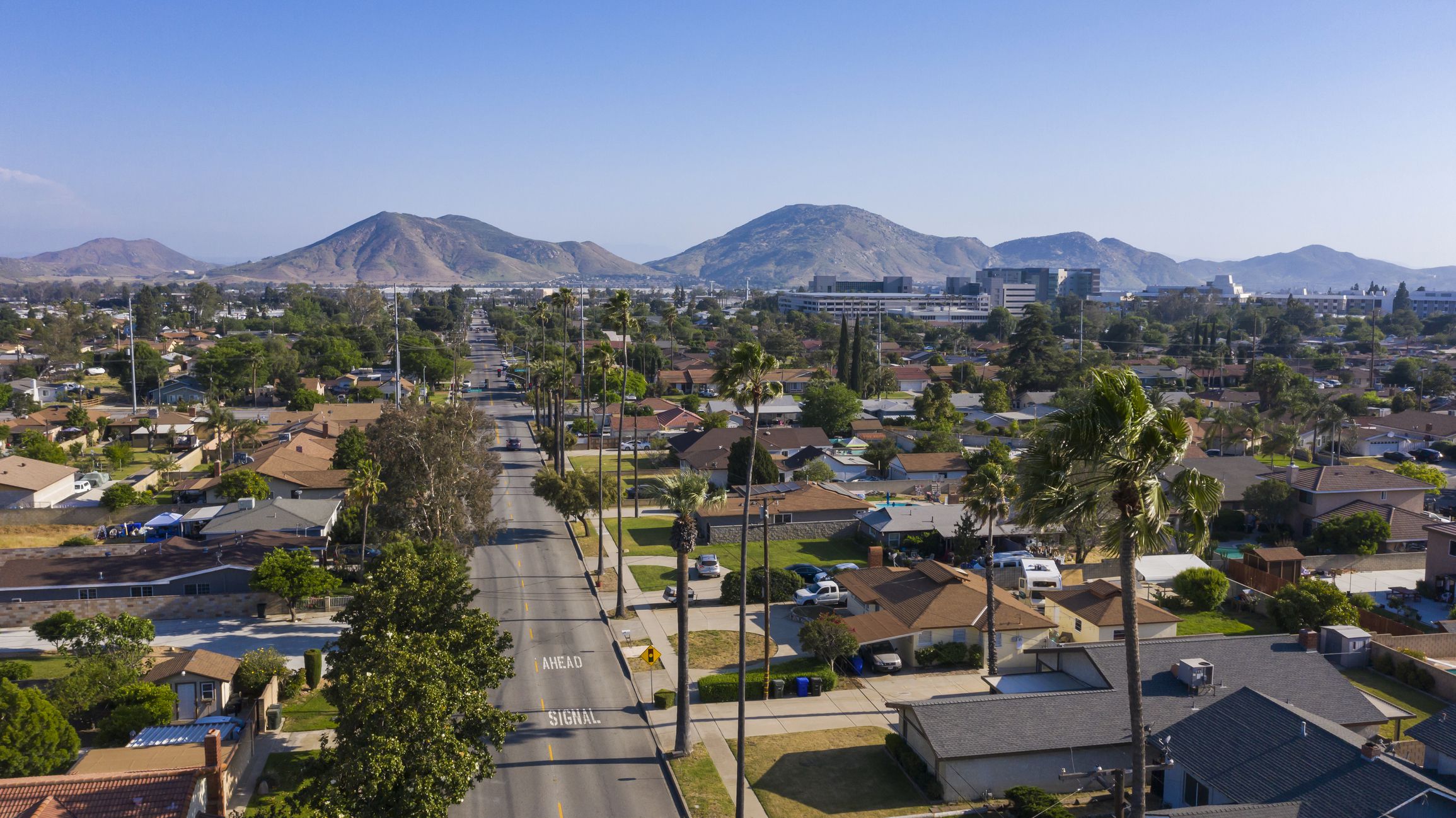
San Bernardino lies within one of the fastest-growing metropolitan regions in the country. But with an unemployment rate that’s 1 to 2 points above the national average and job growth stagnating, it’s easy to see why San Bernardino lands near the worst in the country as a job market.
Worst Job Market in America: Gulfport, Mississippi
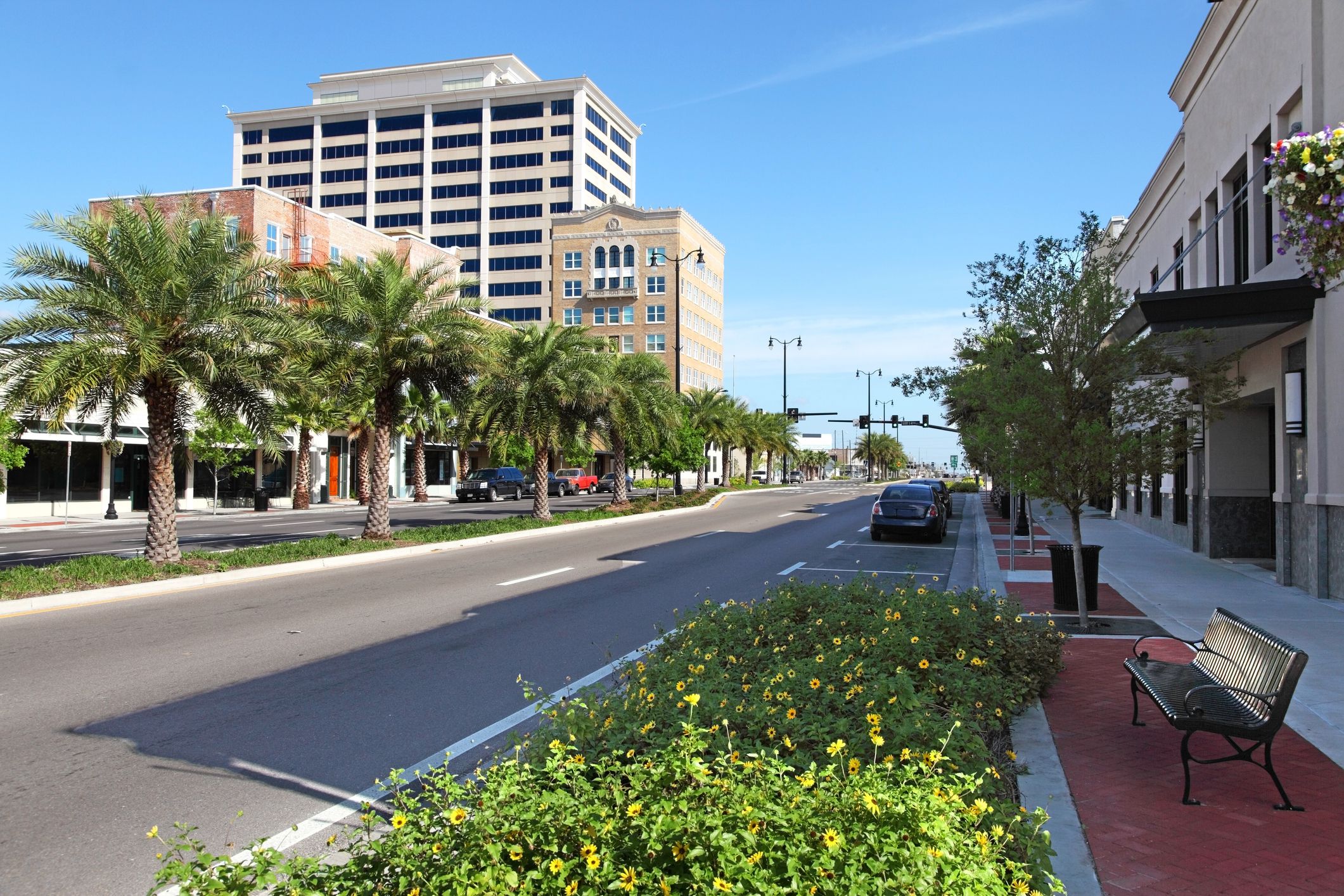
When it comes to starting salaries, Gulfport bottomed out WalletHub’s list. Its unemployment rate has remained above the national average, still at 4.6% in February. Additionally, its labor force — mostly in health care, retail, and food services industries — isn’t growing much, if at all.
10th Best: Nashua, New Hampshire
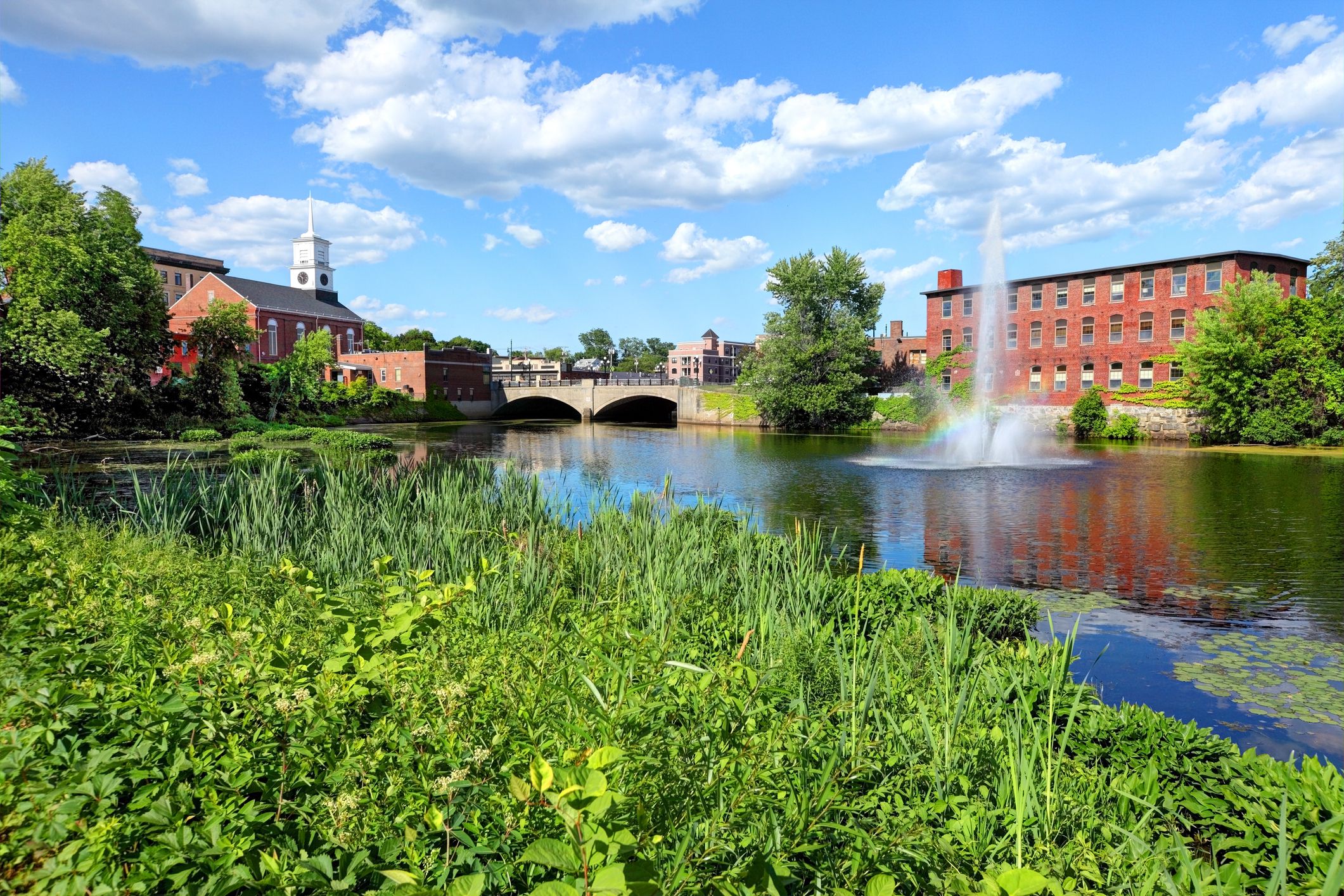
When it comes to unemployment rates, Nashua has recovered from the pandemic. With a good quality of life, high-paying jobs available, and no income or sales tax, Nashua has all the makings of a robust jobs market.
9th Best: San Jose, California
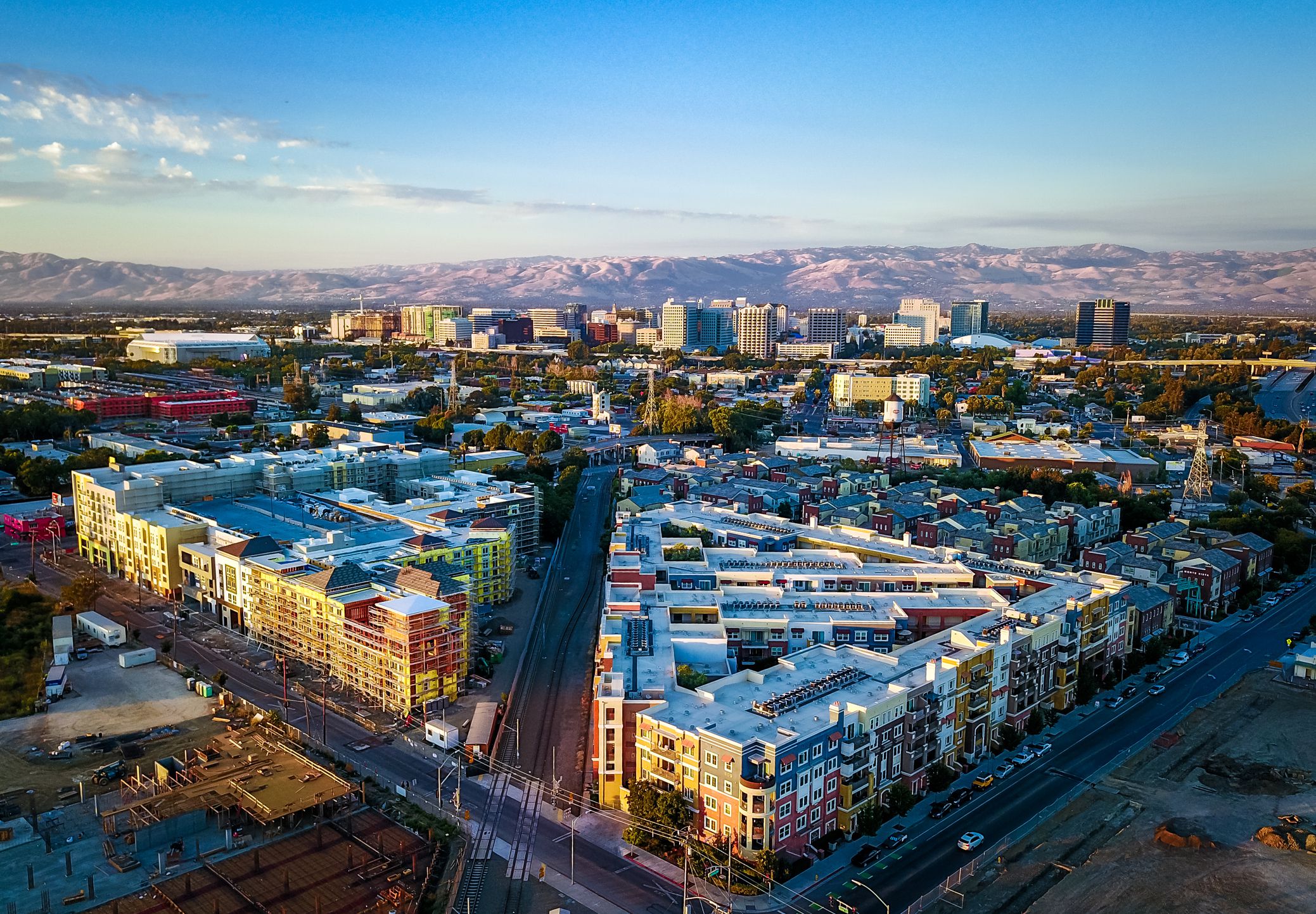
San Jose is informally known as the capital of Silicon Valley. It’s near valley tech titans such as Google in Mountain View, and Apple in Cupertino, which have largely recovered from the pandemic — unemployment rates in Silicon Valley are back to roughly pre-pandemic levels. The average income in the area is $170,000, nearly three times the national average.
8th Best: Scottsdale, Arizona
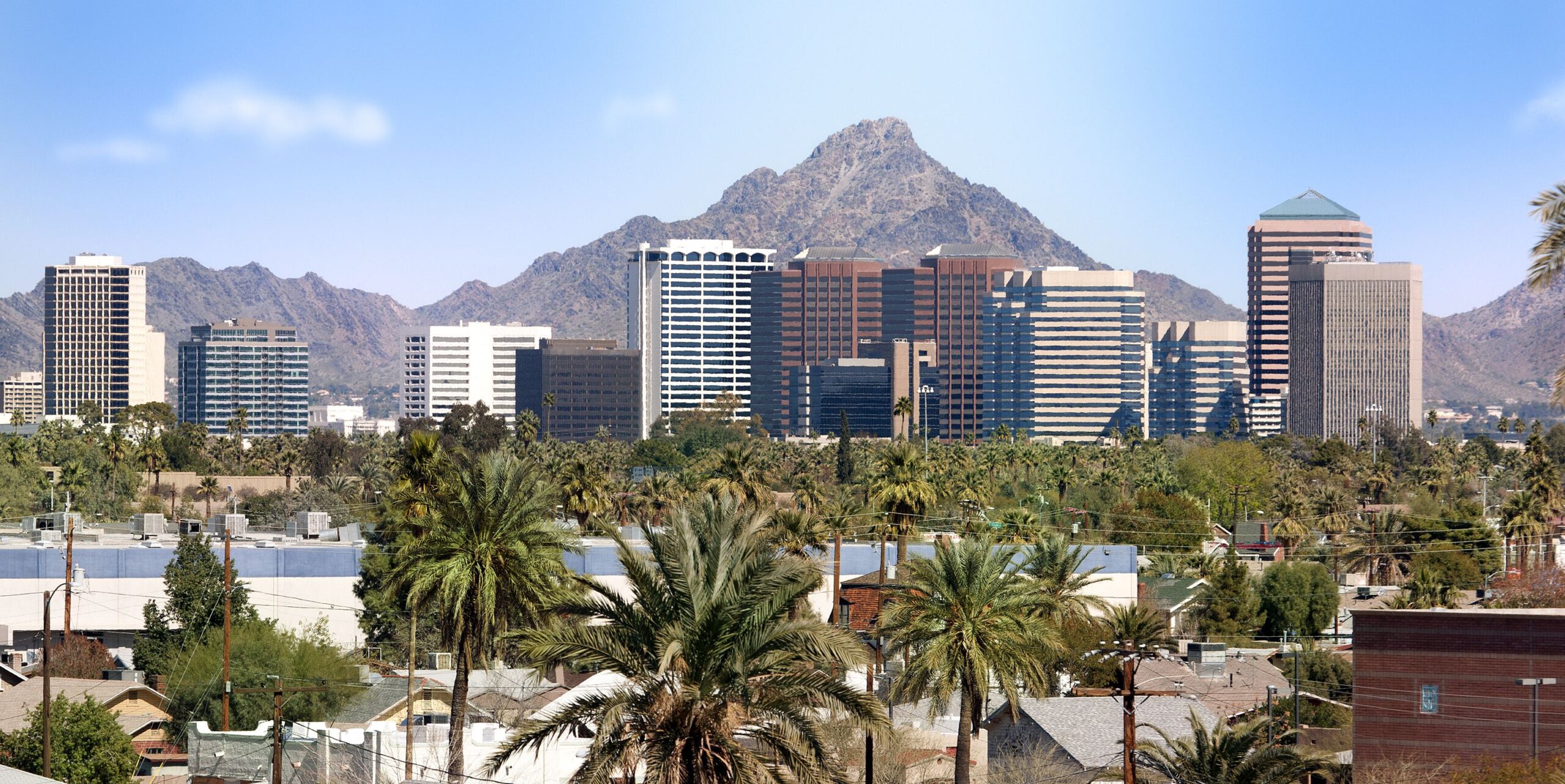
Places such as Scottsdale may benefit from California’s overflow, says business professor Dr. Ming D. Leung, of the University of California, Irvine. As workers move out of California due to its high cost of living, they’re looking for places with a similar climate and employment opportunities. Scottsdale is one catchall. It’s home to 20% of Arizona’s corporate headquarters, many of them tech companies expected to grow over the next decade.
7th Best: Seattle
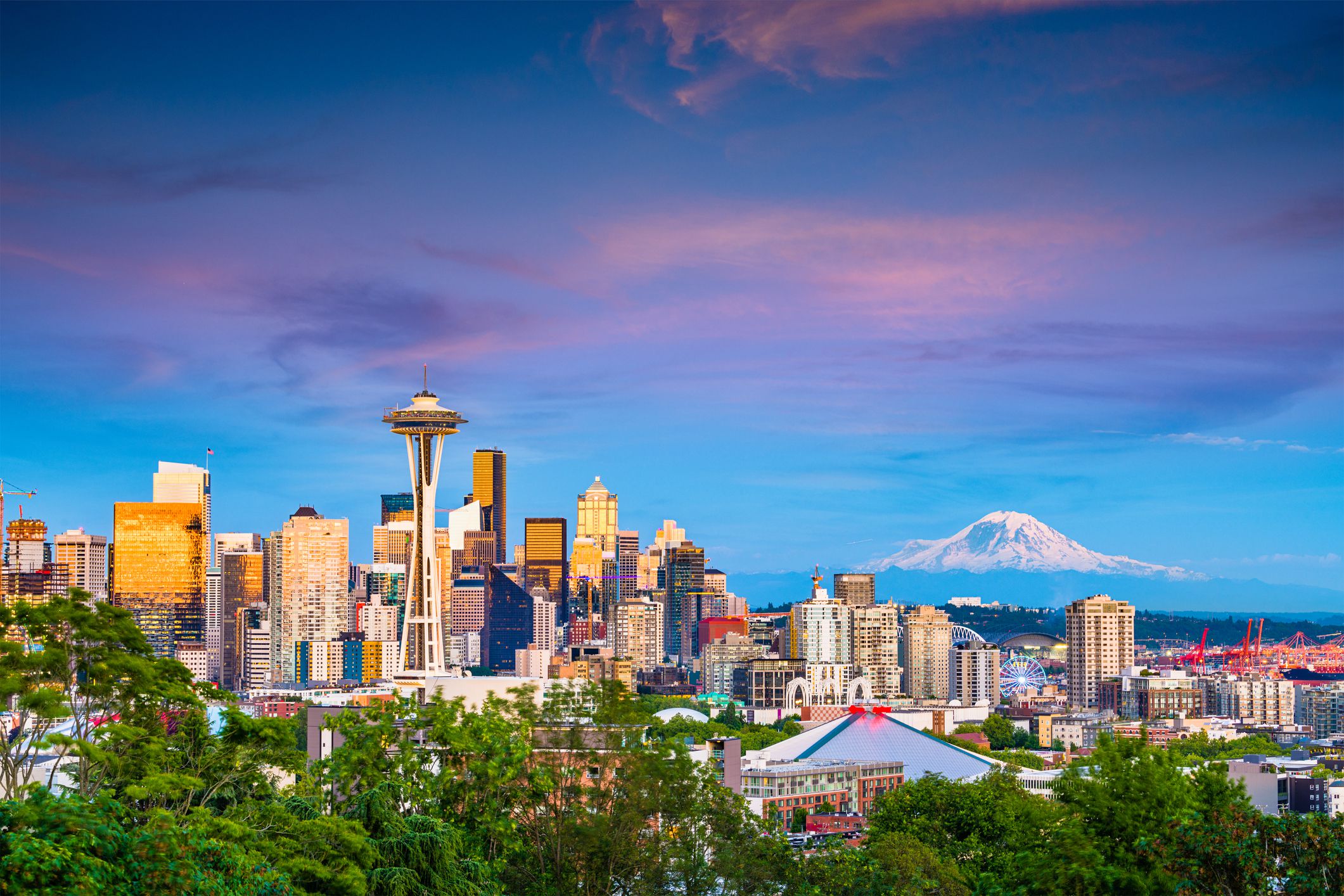
Seattle is a technology nexus, and biotech, health care, and maritime industries also call the area home and illustrates a job trend to keep in mind: “Undoubtedly, there’s still demand in large cities from large employers,” Leung says. “Work-from-home isn’t applicable to 100% of the population, and there’s a lot of opportunity for people to find employment in places such as Seattle. There are still vibrant start-up ecosystems in these places. These cities that are hubs of innovation aren’t going to go away.” The city experiences an average unemployment rate and has salaries higher than the national average — though they just keep pace with the cost of living here.
6th Best: Orlando, Florida
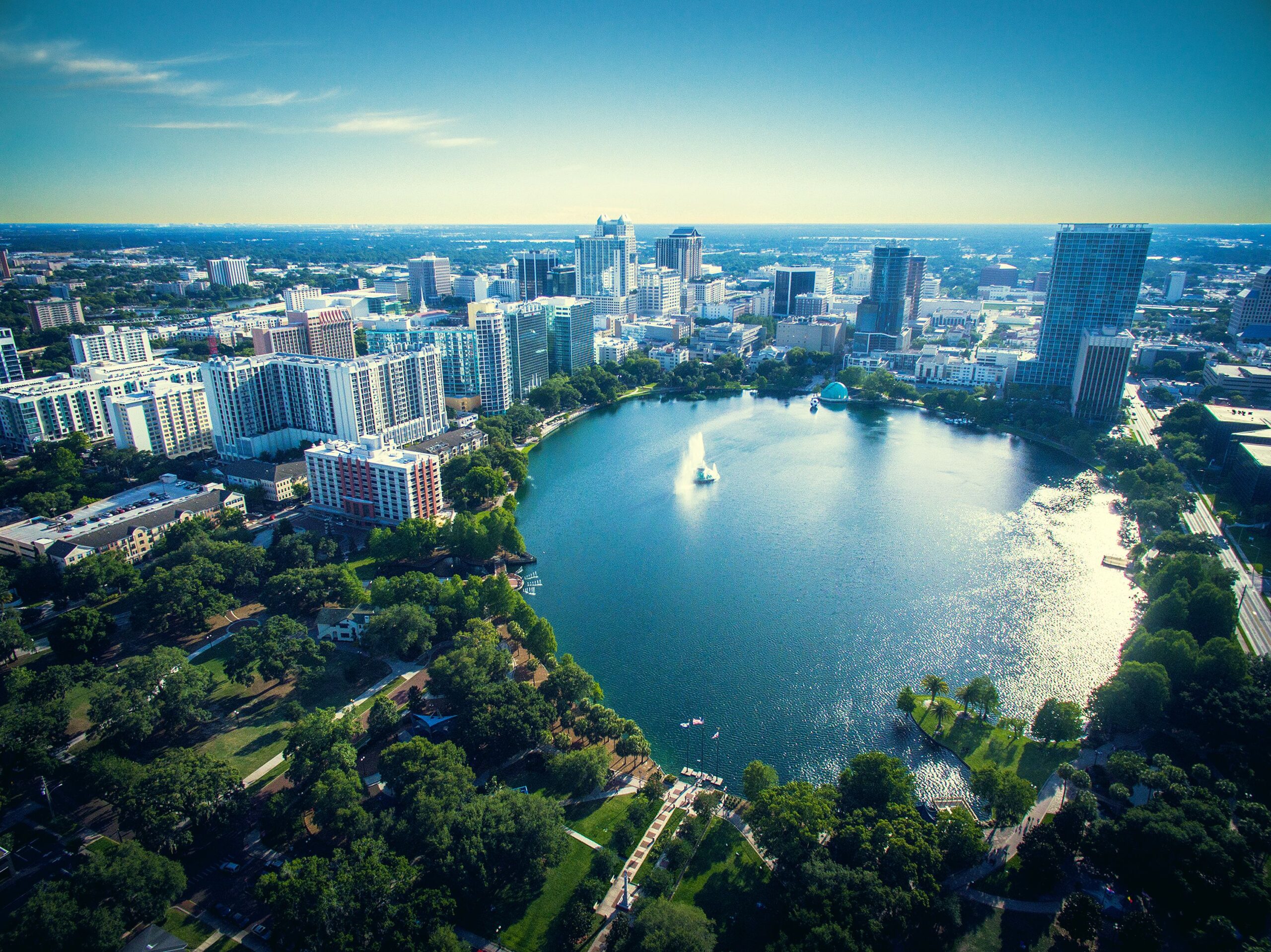
Orlando landed fourth in WalletHub’s job market scores, but its 24th-place finish in the socioeconomic rankings held it back overall. Orlando added 87,900 private sector jobs in 2021, increasing by around 8% over the previous year. It accelerated in leisure and hospitality; trade, transportation, and utilities; and professional services professions.
5th Best: Austin, Texas
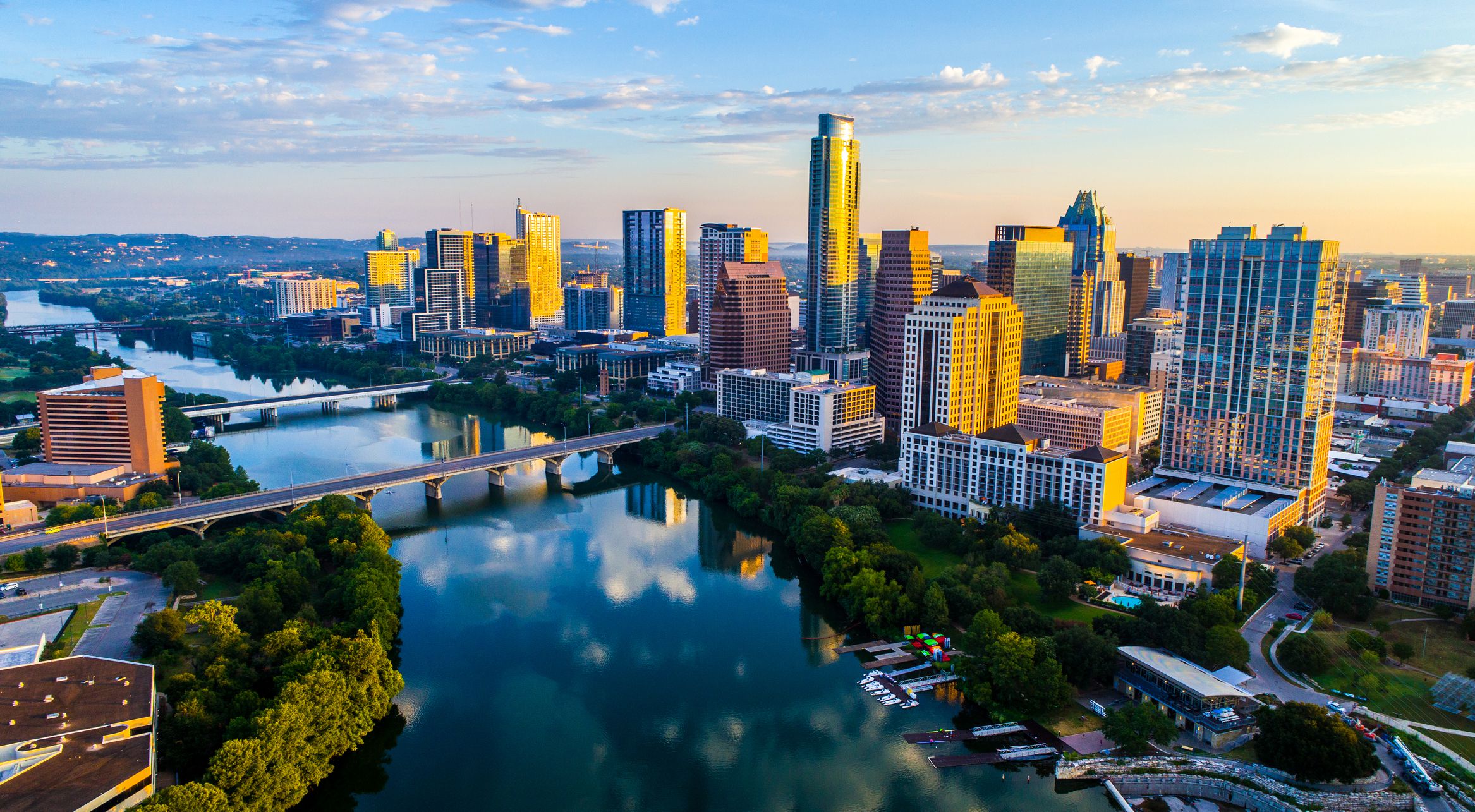
Talk about a bounce-back city. Austin has recovered its 2020 pandemic-related job losses and even surpassed them. It posted a job growth rate of 4.11%, placing it behind only Salt Lake City. As Texas’ capital, Austin balances government jobs at all levels with private-sector jobs at corporations such as Dell, Samsung, Indeed, Whole Foods Market, Apple, and IBM. “The tech industry has been growing in Austin for a long time. The pandemic has only accelerated that as firms have left California for Austin,” Iowa State University economics professor Dr. John Winters says.
4th Best: Portland, Maine
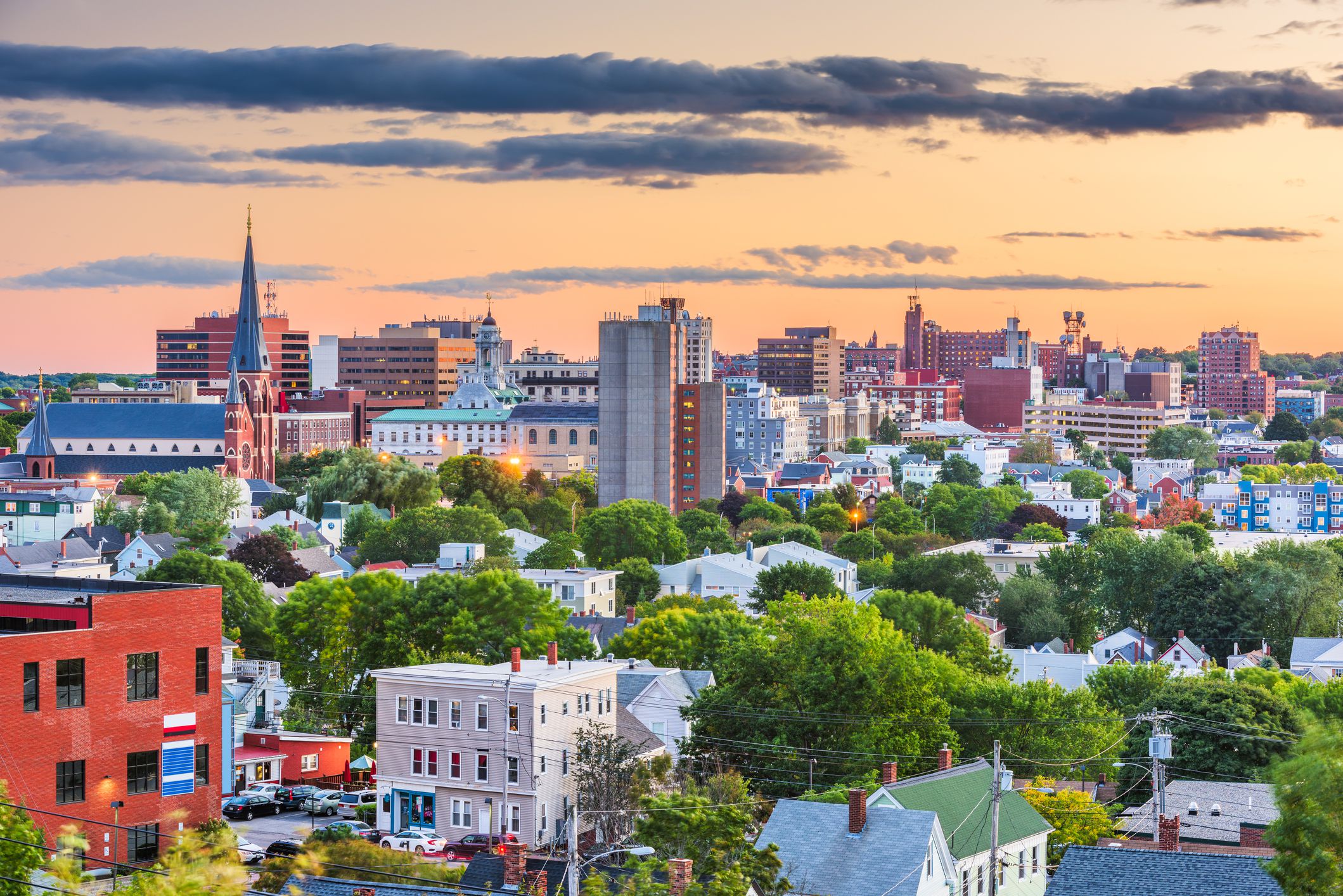
Portland may be another beneficiary of people opting for second cities amid the Great Resignation, Leung says. The city enjoys lower unemployment and higher hourly earnings than the average in Maine.
3rd Best: San Francisco
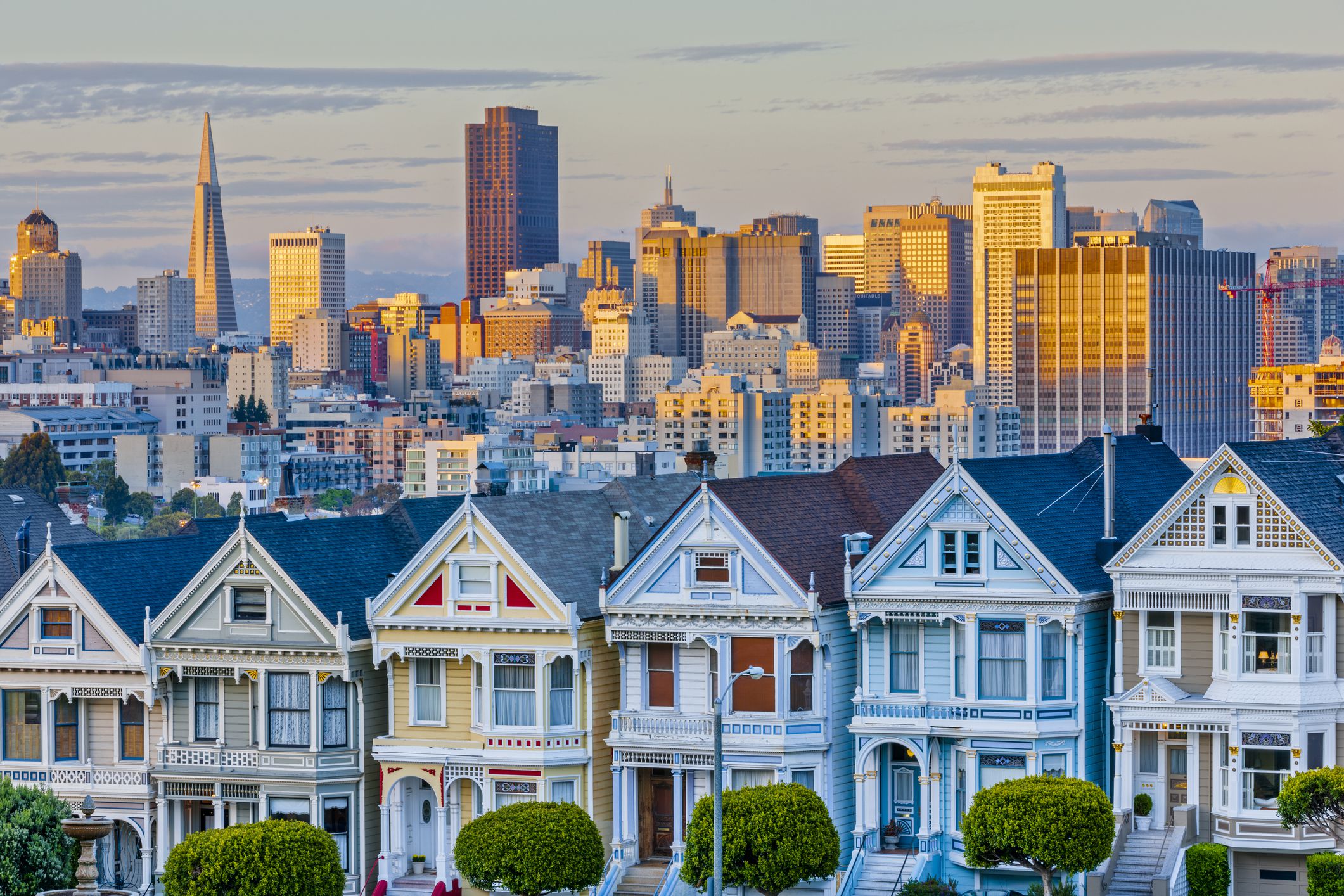
The tech and start-up industries fuels San Francisco’s economy. Even though it experienced an exodus during the pandemic, opportunities await again. “San Francisco was keeping people out with its high housing costs [before the pandemic],” Leung says. “When some people decided to leave, people were at the gate waiting to come in. It’s had a lot of churn. Besides the expense of housing, it’s a great place to live, and there are great job opportunities overall.”
2nd Best: Salt Lake City
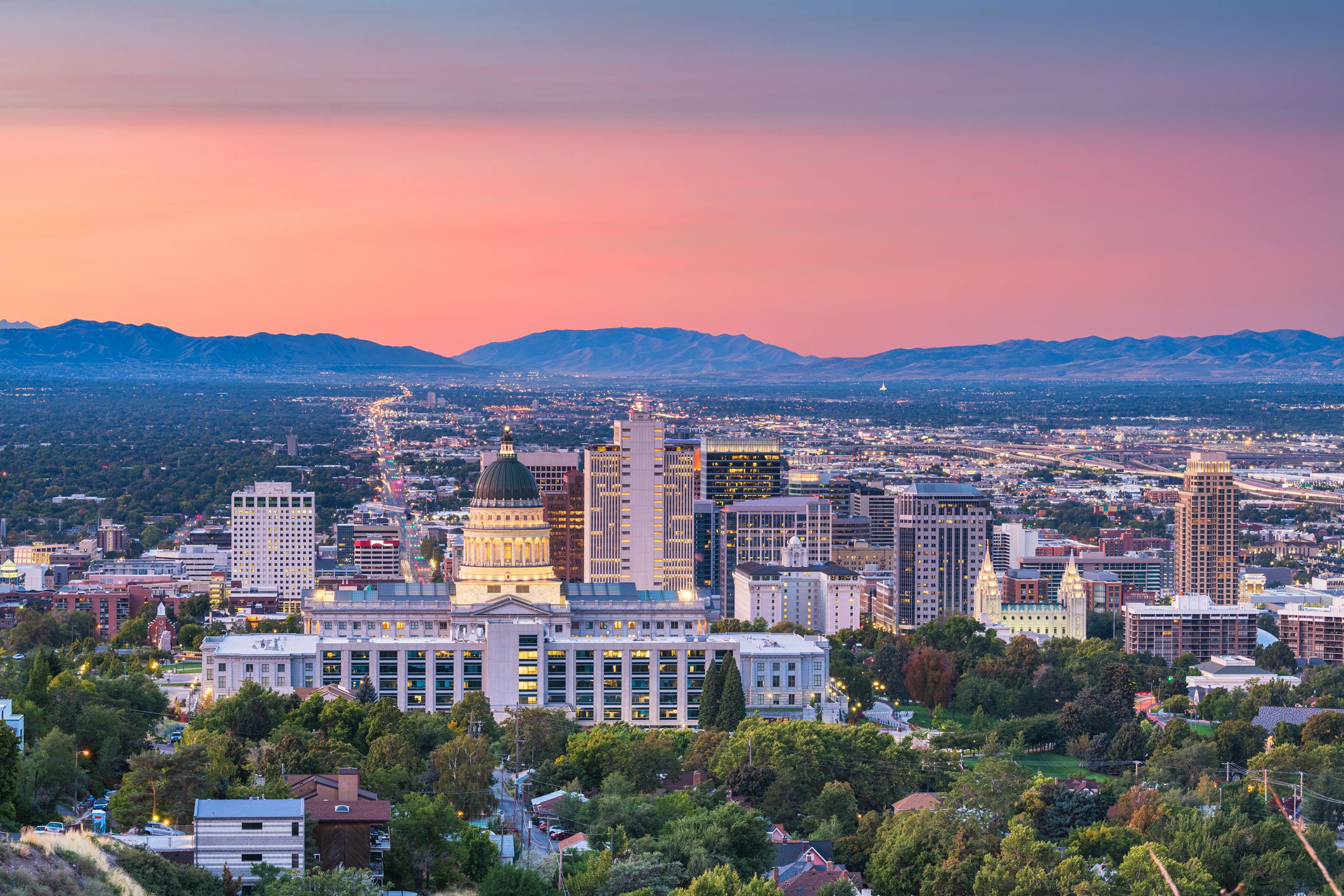
The arrival of corporations such as Adobe Systems, 3M Health Information Systems, and Microsoft fueled job growth here. That’s why WalletHub scored Salt Lake City first in its job market category. Salt Lake City enjoys low unemployment rates and a high quality of living, with national parks, ski areas, and other recreation just out the city’s backdoor. Winters says Salt Lake City may be experiencing a Denver effect, referring to that Colorado hub’s exponential boom — and potential bust. “Denver is still doing well, but over time it’s gotten expensive. People are starting to wonder, ‘What else is nearby that’s kind of like that?’” he says.
Related: Job-Hunting Tips for Workers Over 50
Best Job Market in America: Columbia, Maryland
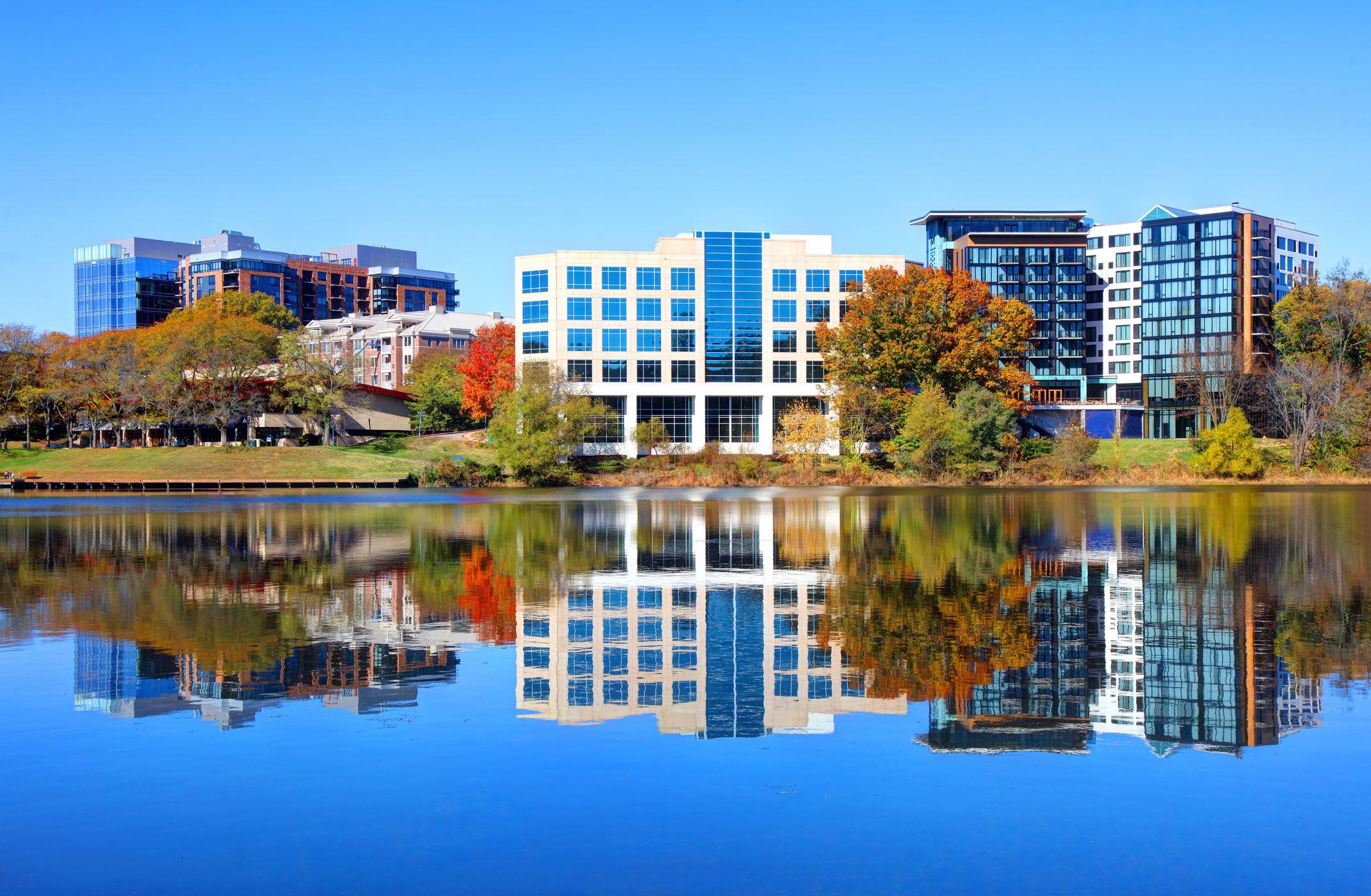
This Maryland city topped WalletHub’s list for its job market and came in second for socioeconomic factors. Remote work is fueling the job market here, with workers opting for this town’s family-friendly atmosphere, low unemployment, and strong salary offerings over bigger cities, such as Baltimore, which is 20 miles away. “People are leaving big cities and moving to smaller areas,” Winters says. “Big cities are getting more expensive over time, and smaller areas are offering a higher quality of life and an affordable cost of living. The pandemic accelerated this trend toward remote work.”

